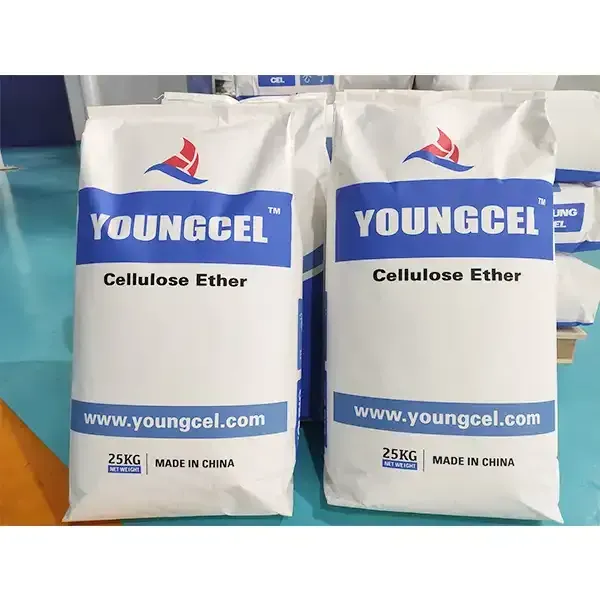RDP for Ceramic Tile Adhesive An Essential Component in Modern Construction
In the ever-evolving world of construction materials, Redispersible Polymer Powder (RDP) has emerged as a critical ingredient in manufacturing ceramic tile adhesives. As the demand for durable, flexible, and high-performance tile adhesives grows, RDP plays a pivotal role in enhancing the overall properties of these products. This article explores the significance of RDP in ceramic tile adhesives, focusing on its benefits, applications, and the science behind its functionality.
Understanding RDP
Redispersible Polymer Powder is a fine powder that, when mixed with water, re-disperses to form a stable polymer emulsion. These powders are typically made from various polymers, such as vinyl acetate-ethylene (VAE), styrene-acrylic, and other copolymers. The unique properties of RDP contribute significantly to the performance of ceramic tile adhesives, especially in terms of flexibility, adhesion, and water resistance.
Advantages of RDP in Ceramic Tile Adhesives
1. Improved Adhesion The primary function of any adhesive is to bond two surfaces together, and RDP amplifies this capability. It enhances adhesion to various substrates, including concrete, cement board, and existing tiles. With the addition of RDP, the bond strength is significantly increased, which is critical in preventing tile lift and ensuring long-lasting installations.
2. Flexibility and Elasticity Ceramic tiles are often subjected to temperature fluctuations and moisture variations that can cause substrate movement. RDP contributes to the flexibility and elasticity of the adhesive, allowing it to accommodate these movements without cracking or losing its bond. This flexibility is essential for installations in areas prone to thermal expansion and contraction, such as bathrooms and kitchen countertops.
3. Water Resistance Ceramics are commonly used in wet environments, making water resistance a crucial factor for adhesives. RDP improves the water resistance of tile adhesives, ensuring that water does not penetrate through the adhesive layer, which could compromise the bond and lead to failures over time. This feature is particularly beneficial in shower areas, swimming pools, and outdoor installations.
rdp for ceramic tile adhesive

4. Workability The addition of RDP improves the workability of tile adhesives, making them easier to apply. RDP-modified adhesives offer superior open time and trowelability, allowing for better coverage and easier adjustments during the installation process. This results in smoother application and increased efficiency on job sites.
5. Reduced Shrinkage One of the challenges in tile installation is the shrinkage that can occur as adhesives cure. RDP helps to minimize this effect, reducing the risk of cracks and ensuring that tiles remain securely bonded.
Applications of RDP-Modified Adhesives
RDP-enhanced ceramic tile adhesives are versatile and suitable for a wide range of applications, including residential, commercial, and industrial settings. They are ideal for
- Floor and Wall Tiles From porcelain to natural stone, RDP adhesives provide robust solutions for residential and commercial tile installations. - Wet Areas In locations such as bathrooms and kitchens, RDP's water-resistant properties make it an excellent choice for enhanced moisture protection. - Exterior Applications RDP-modified adhesives also perform well in outdoor settings, where they are subjected to weather elements and temperature changes.
Conclusion
In conclusion, RDP is an indispensable component in the formulation of ceramic tile adhesives, offering benefits that extend the longevity and performance of tile installations. Its ability to improve adhesion, flexibility, water resistance, and overall workability makes it a preferred choice for contractors and builders. As the construction industry continues to prioritize quality and efficiency, the role of advanced materials like RDP will only become more prominent. By understanding and utilizing RDP in ceramic tile adhesives, professionals can ensure that their projects meet the highest standards of durability and performance.
-
Rdp Powder: Key Considerations for Wholesalers in the Building Materials IndustryNewsJul.08,2025
-
Key Considerations for Wholesalers: Navigating the World of Hpmc - Based ProductsNewsJul.08,2025
-
Hpmc Detergent: Key Considerations for WholesalersNewsJul.08,2025
-
Key Considerations for Wholesalers: China Hpmc For Tile Adhesive, Coating Additives, Concrete Additives, and MoreNewsJul.08,2025
-
Crucial Considerations for Wholesalers: Navigating the World of Construction MaterialsNewsJul.08,2025
-
Key Considerations for Wholesalers Sourcing Additive For Cement, Additive For Concrete, Additive For Putty from Additive Manufacturer Shijiazhuang Gaocheng District Yongfeng Cellulose Co., Ltd.NewsJul.08,2025




